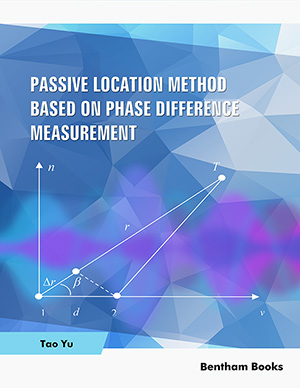Abstract
This chapter first studies the relationship between angle measurement and phase difference measurement. On the one hand, this helps to understand the physical properties, and on the other hand, it helps to simplify the process of error analysis. Then, two kinds of direction-finding methods which can improve the positioning accuracy are presented. One is a double - station cross – directionfinding algorithm involving higher - order geometric parameters. The other is to use the algorithm characteristic of adjacent path difference to virtually expand the baseline length of the detection array, to improve the accuracy of the bi-station direction-finding system. Whereafter, the passive ranging formula for two detection platforms with different motion directions is researched. The analytical formula of target distance based on angle measurement of two carriers is directly derived in different directions and at different speeds in planar polar coordinate system. In the end. Several methods of the azimuth-only estimation of the course of a moving target in a straight line is presented. Its analytical process has nothing to do with the detection of time, and the analytical formula obtained is purely related to the azimuth angle.
Keywords: Direction-finding, Angle measurement, Fixed single station, Triangulation location, Variable transformation, Virtual extension, angle recursion, Virtual path difference, phase interference, co-location, Range, Airborne passive positioning, Course angle, Sports radiation source, Passive location.



















